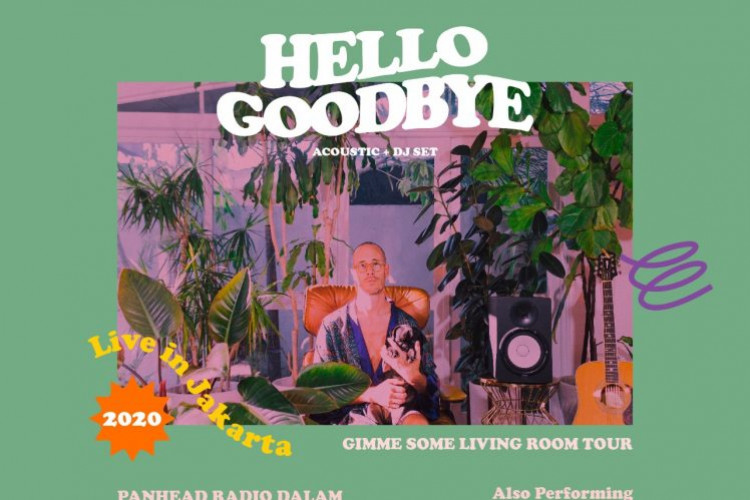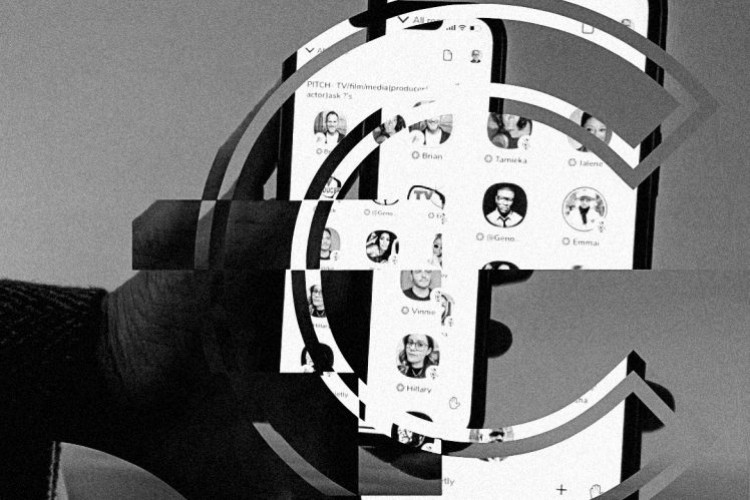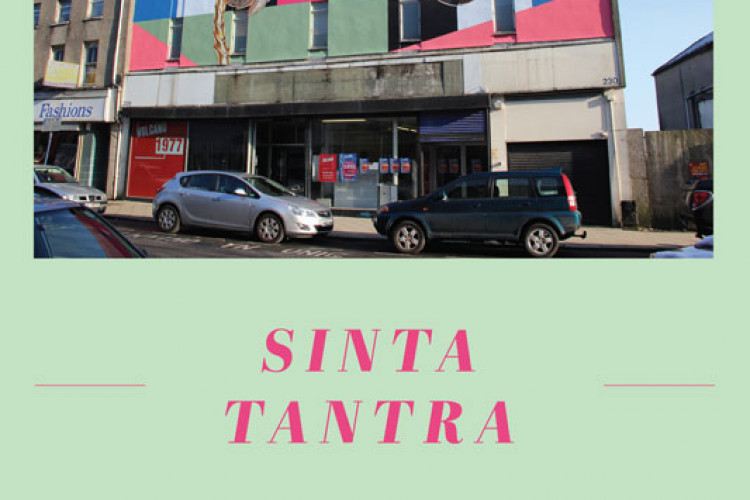Art, Design and Inspiration with Felix Tjahyadi
Mariati Galatio (M) talks to Creative Director Felix Tjahyadi (F)
by Ken Jenie
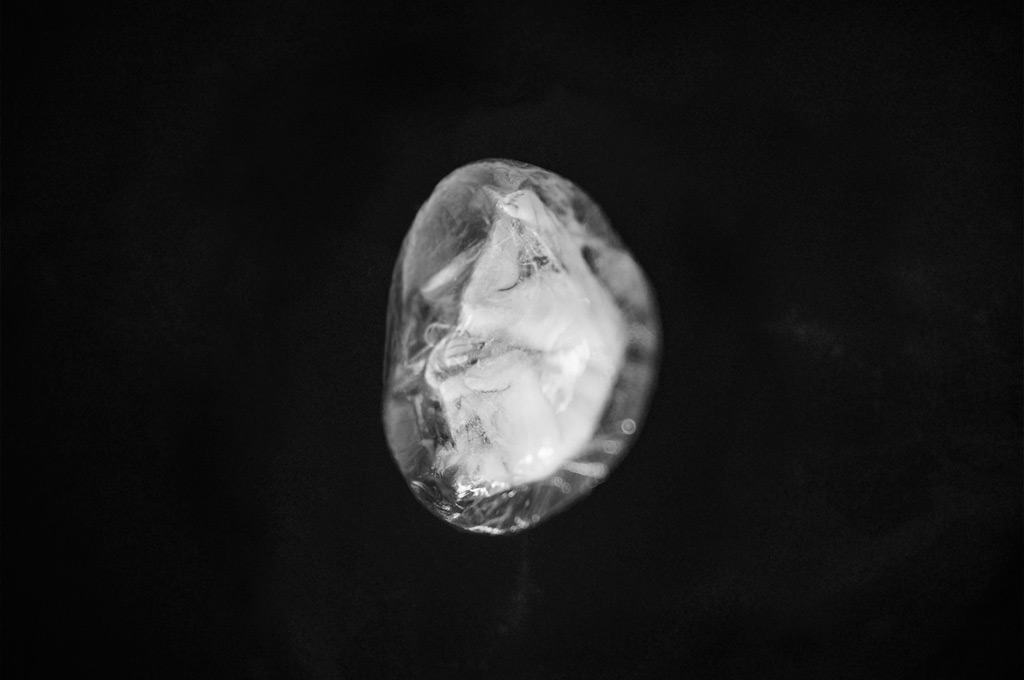
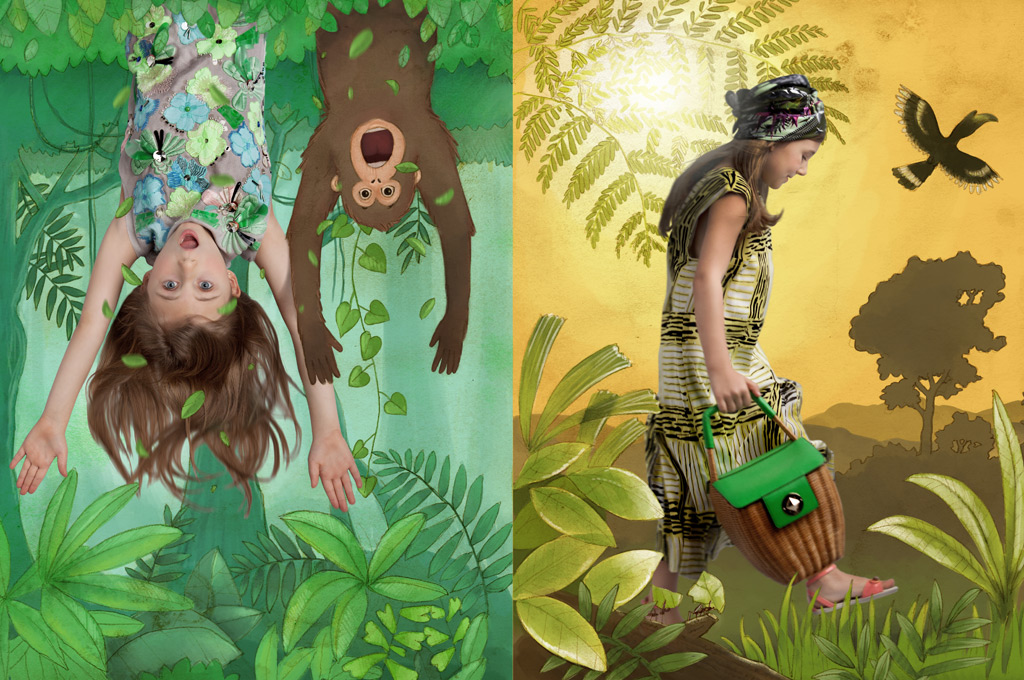

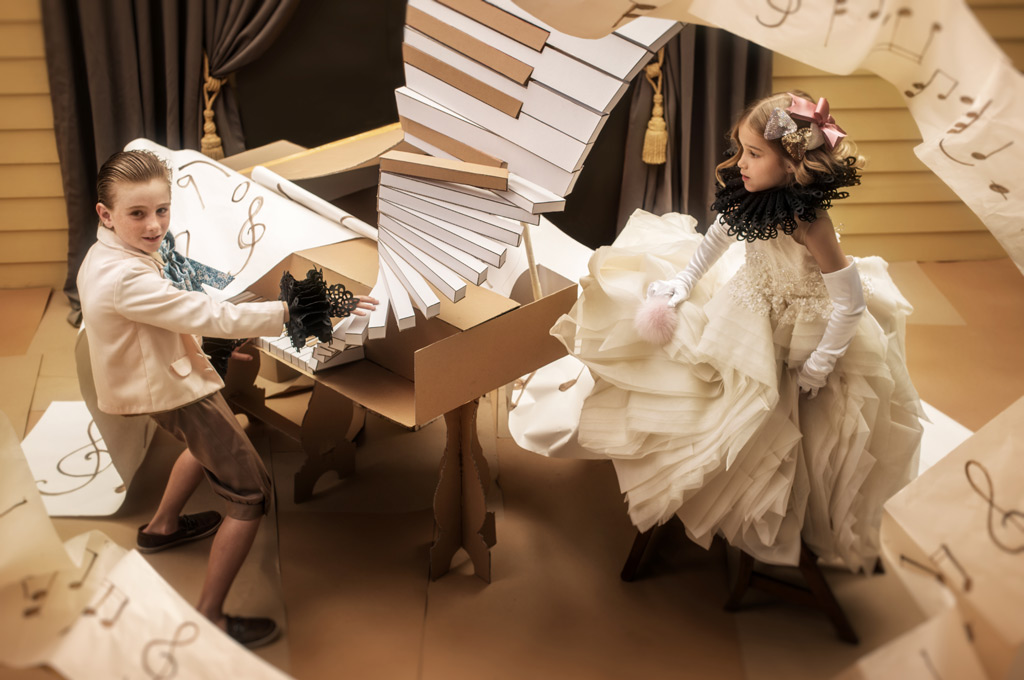
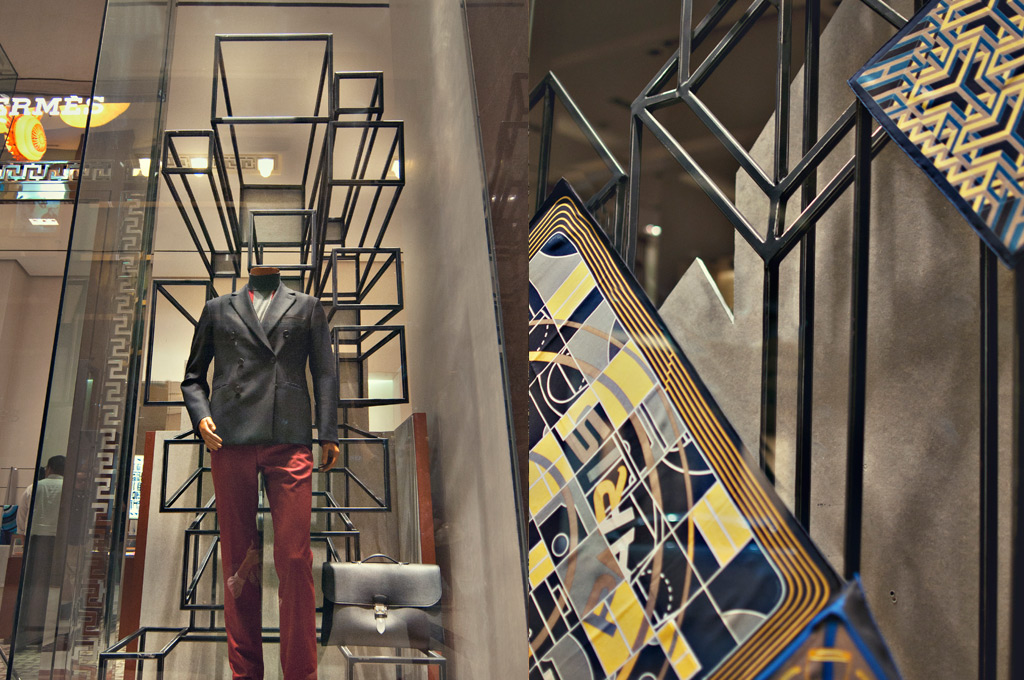
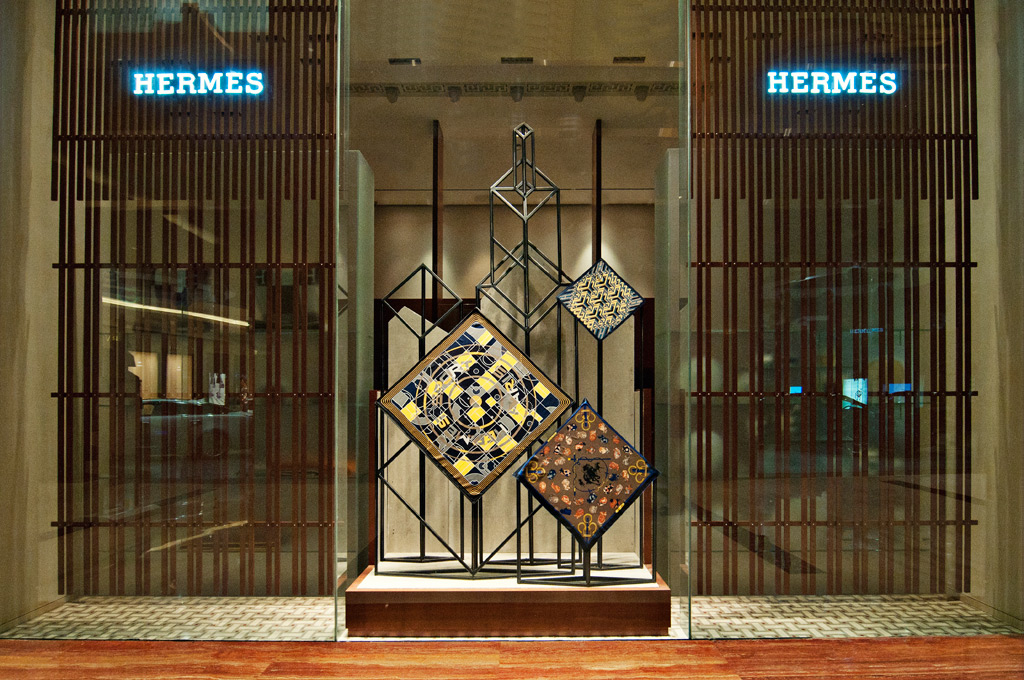
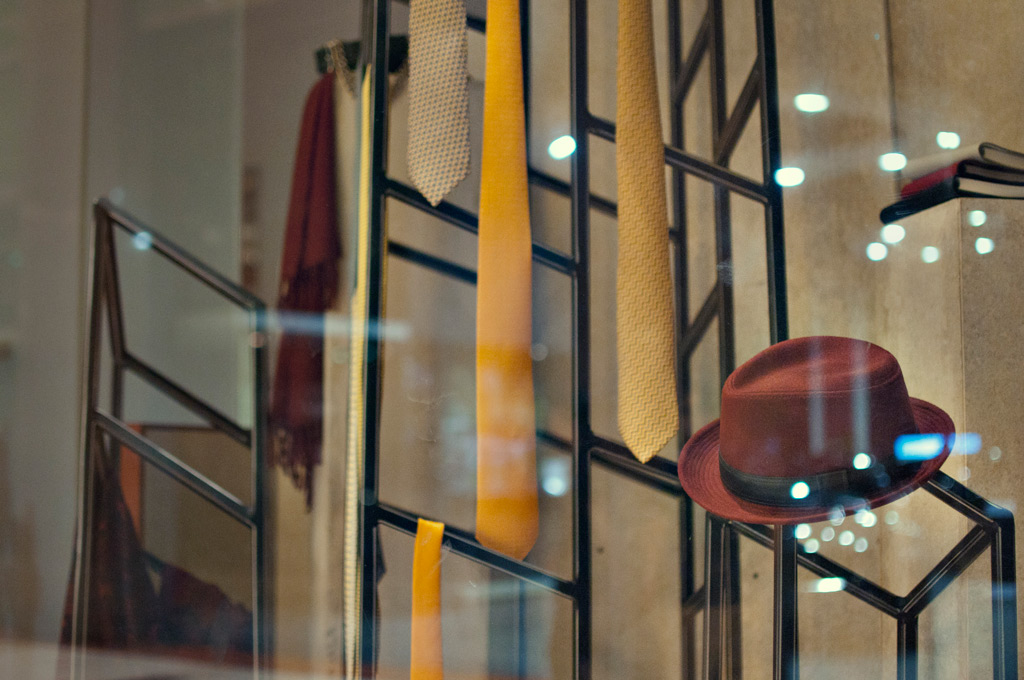
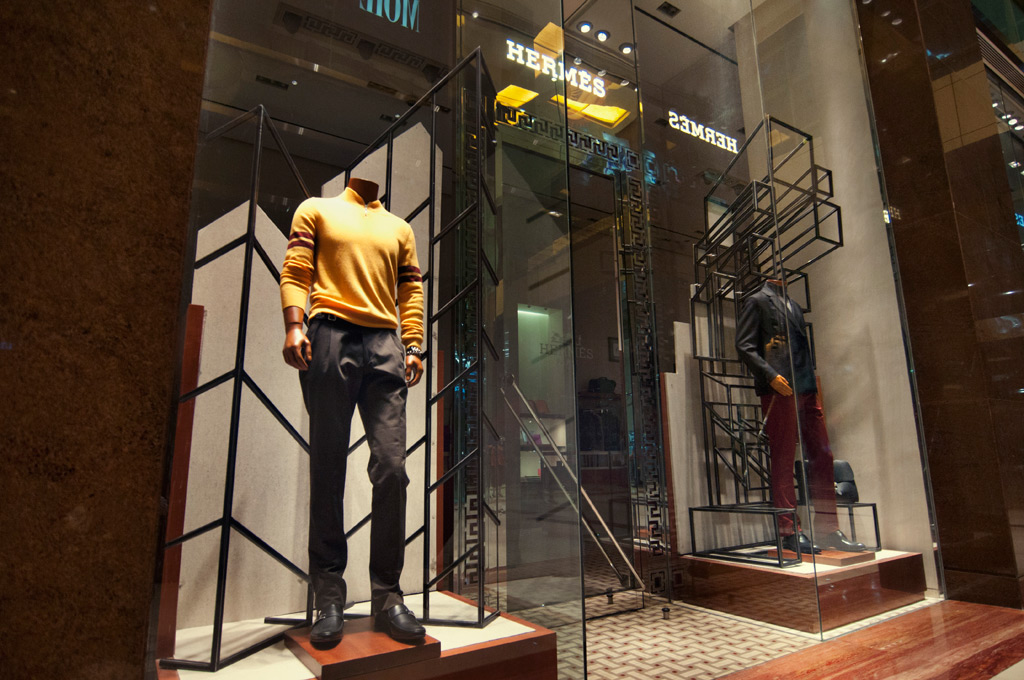

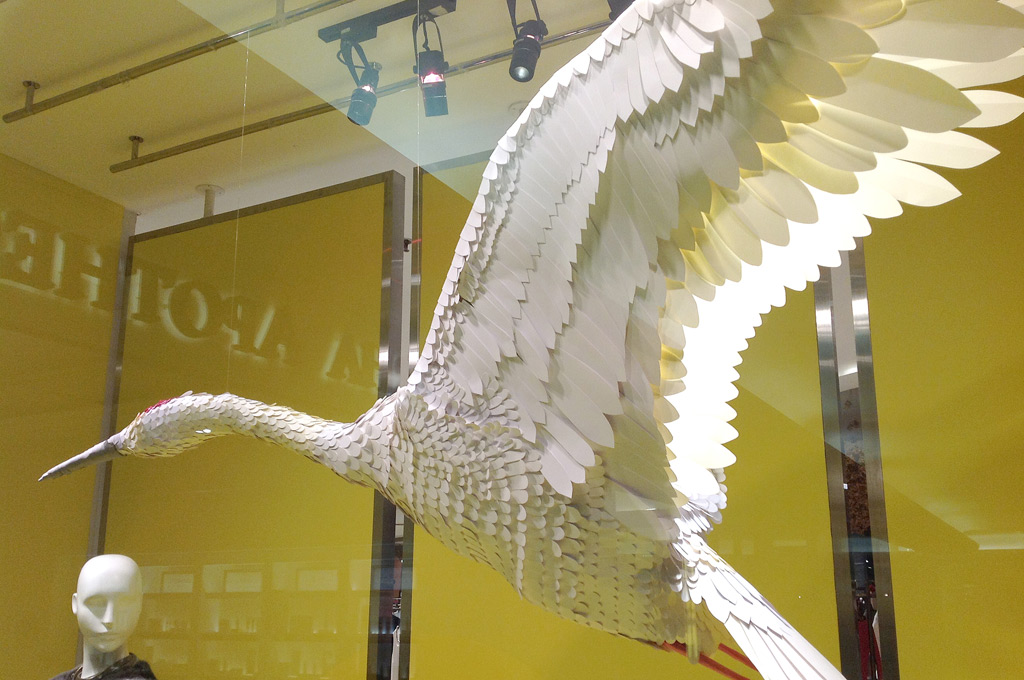
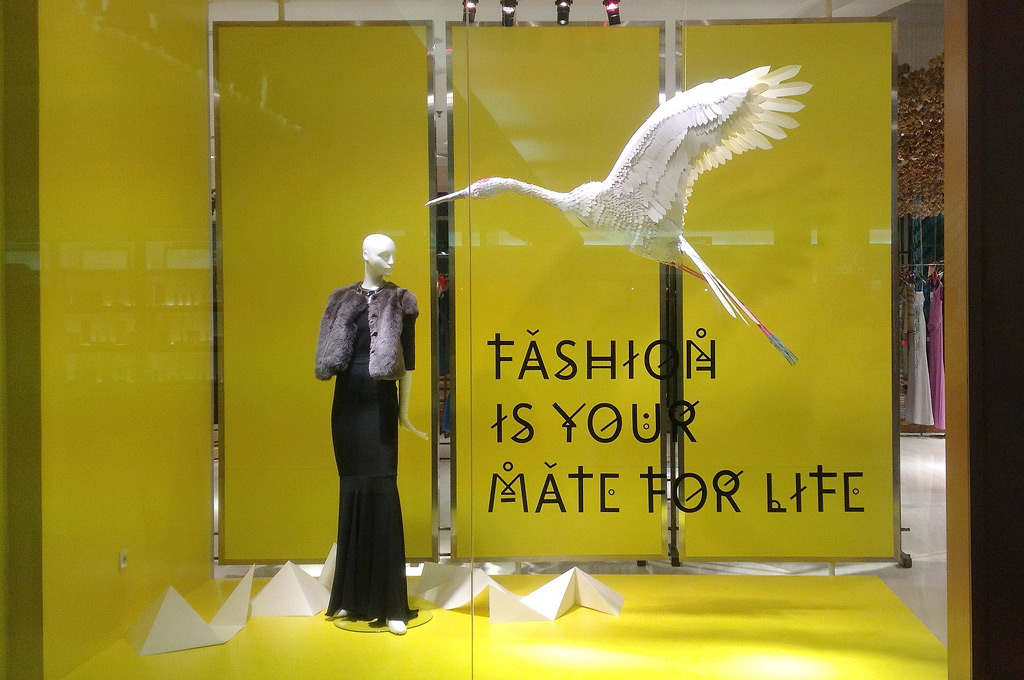
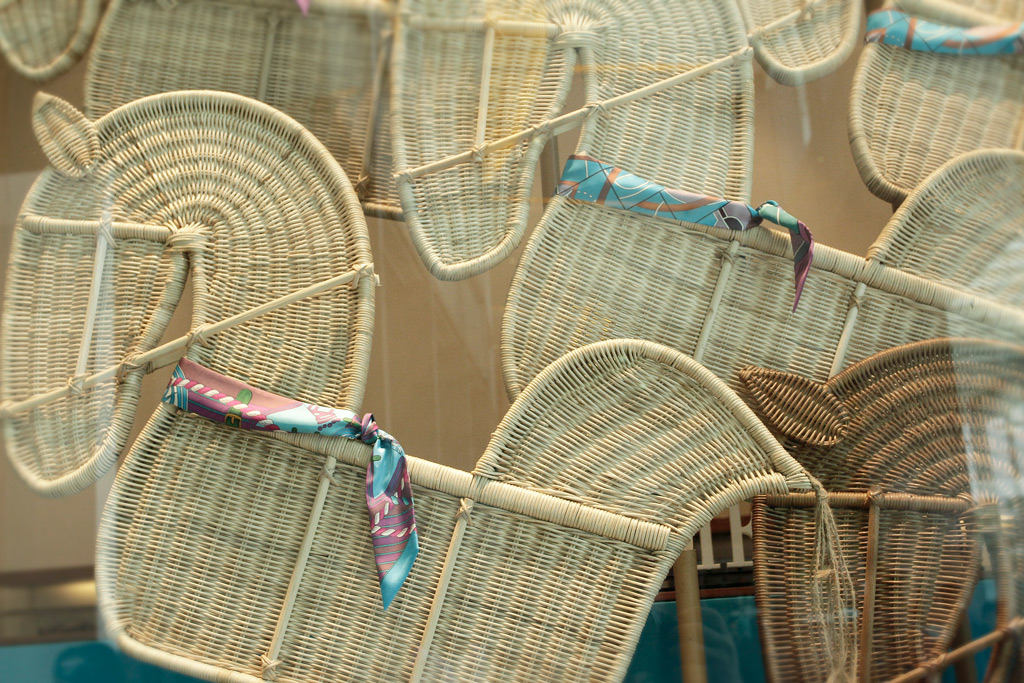
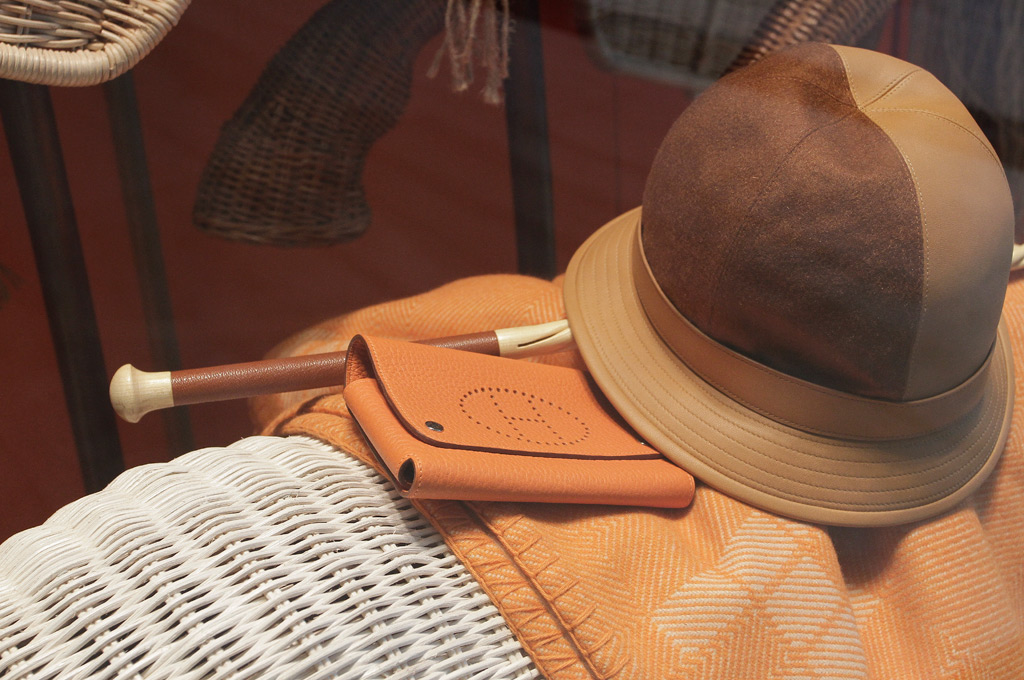
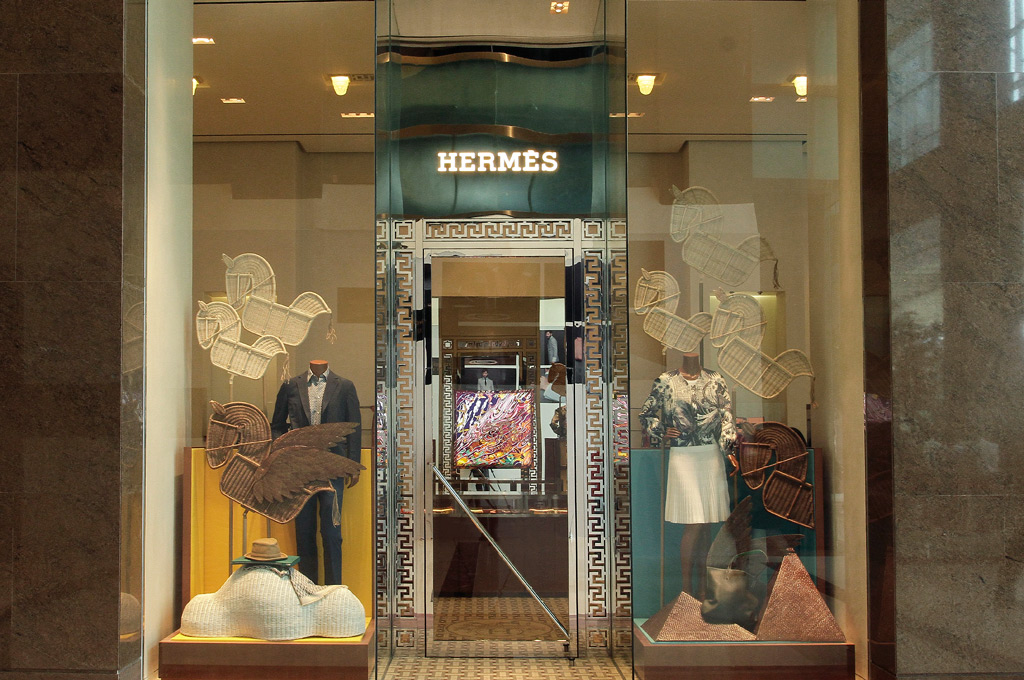
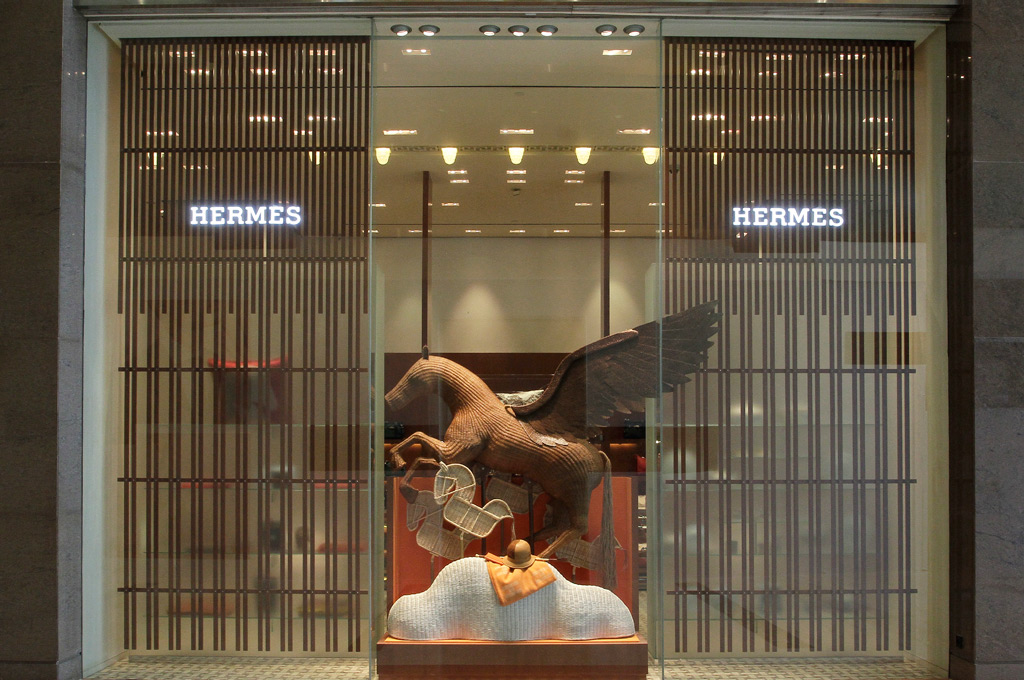
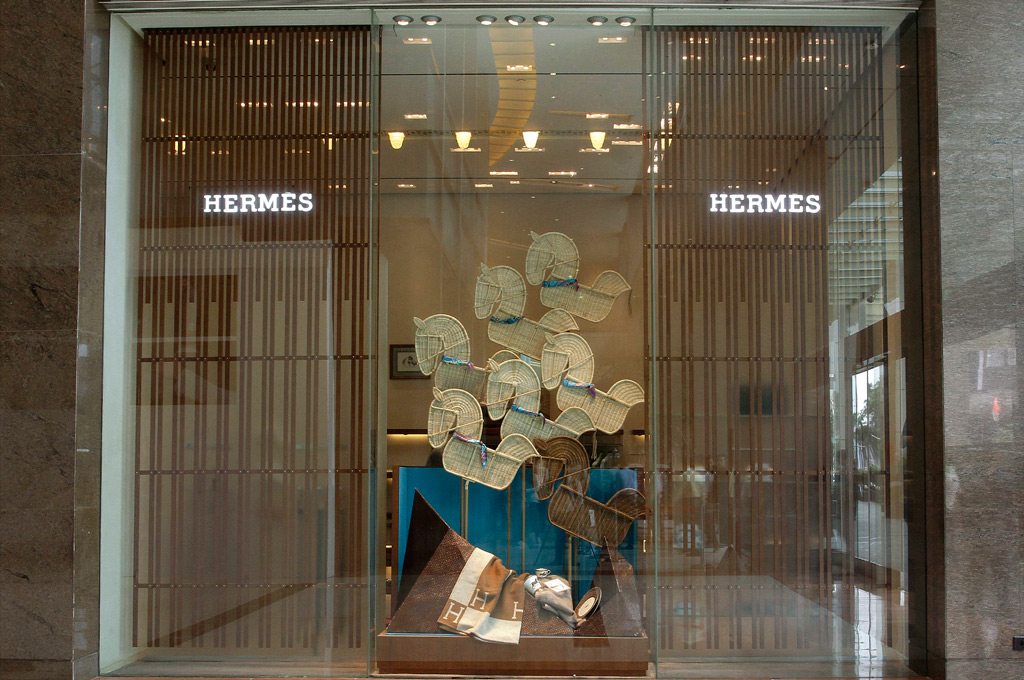

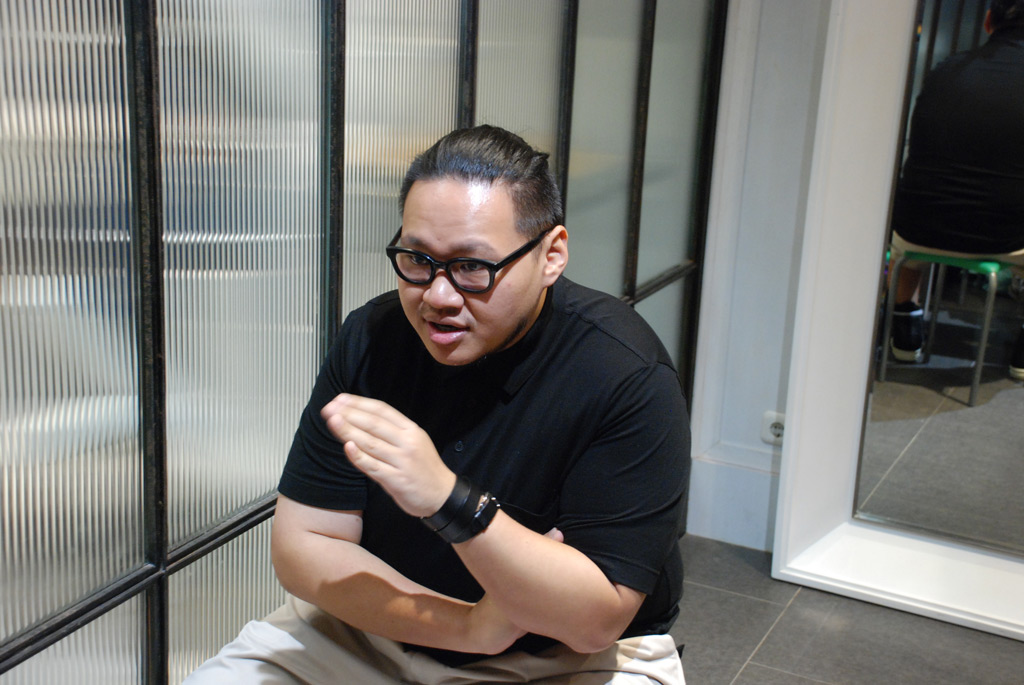
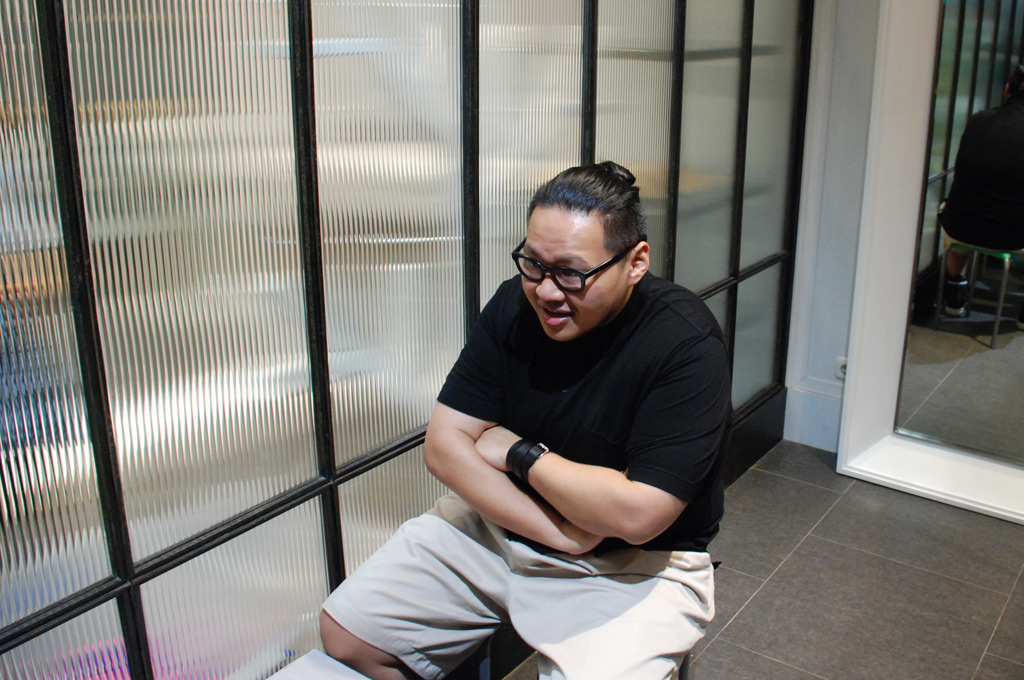

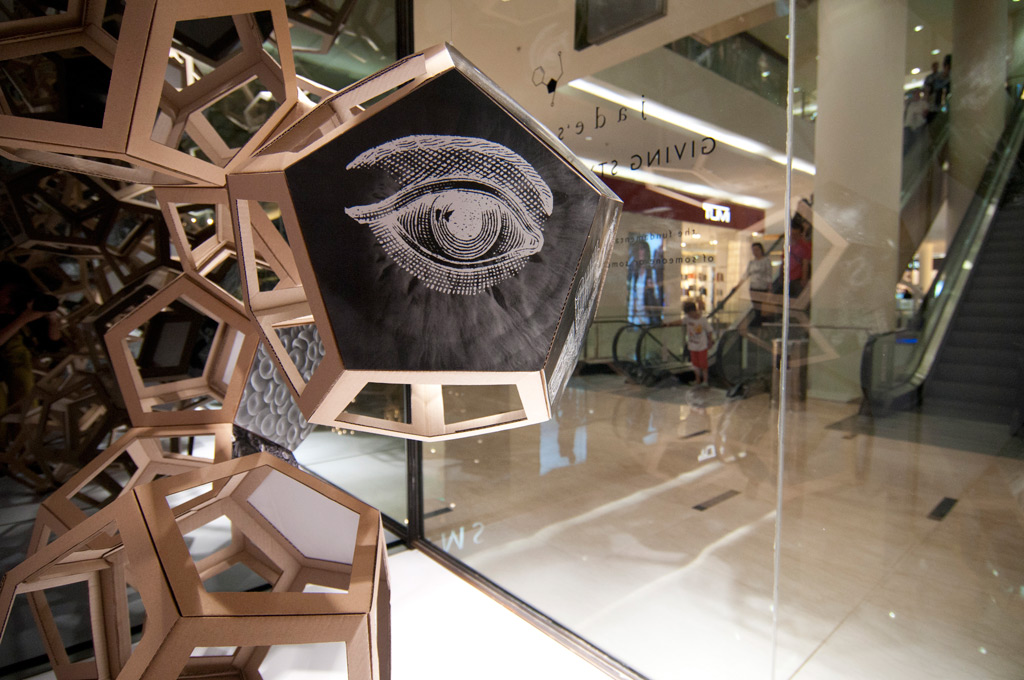


M
Let’s begin by talking a bit about your background. Could you tell us how you became interested in art and design?
F
I believe it started at a very young age, before I could even speak. My mother’s family has delved in fashion for several generations, my great-grandfather was a tailor for the Dutch. The Dutch clients couldn’t be touched, perhaps because of the social status or gender, so he would get measurements by sight. Apparently he was a very good one, although I ,unfortunately, do not have any documentation. My mother’s hobby is creating clothes – which she acquired from my great grandfather. My mother had a lot of scrap fabric, and newspapers because my mother used to create patterns, those were the things I have entertained myself with since a young age. The colors and patterns – perhaps those are my influences. My grandmother was a ballerina, and used to tell me stories about ballet and performance art. My family isn’t particularly artsy, but what they did introduced me to the arts.
I started illustrating since a young age as well.
M
You delved into the arts during your university years as well?
F
Yes, I took visual communications in college. I had a choice between taking performance art or visual communication and decided the later was better suited for my interest.
I did start working since Junior High School. I created graphics for businesses, restaurants, internet cafes, etc. The work weren’t very good, to be honest, but I got paid quite well considering I was very young.
M
How were you able to get jobs at such a young age?
F
I started with drawing, but during grade school I became interested in performance art. In Junior High School, there was this senior of mine, Angelica, who brought a portrait she made. It was a realist portrait, and back then, it blew our minds. I thought it was so cool that I practiced drawing again everyday – I even emailed her my portraits (laughs).
Angelica’s father knew Photoshop, and told me that you can draw with the software. I became curious and started taking graphic design courses – learning Photoshop, Quark, InDesign, and anything that had to do with art and design. From learning these softwares I was offered jobs.
M
What sort of approach do you take when working on your design?
F
I think I approach each project differently. In the beginning, my work relied on the client’s input – branding, signage design. The work served the client’s needs and what they enjoy. Later on, as I received a wider variety of projects, I was able to approach the work based on my own interest and fascinations. Now my clients usually give me a concept – the big picture, and they give me the freedom to approach the concept on my own. For example, I was able to create the Roy Lichtenstein window display in Jade Boutique Senayan City because of a trip I made to New York. I visited the Museum of Modern Art and saw Roy Lichtenstein’s work in the flesh and became inspired. I started researching about him and found that he also has made window displays, which culminated in the Roy Lichtenstein-tribute window display for Jade Boutique.
Right now I am very focused on window displays since there is a lot of room for exploration.
M
Do you still work on graphic design?
F
I do, but not too much. I now limit myself to working on projects that I will like – family business, friends. Many designers complain about being bored, about the client, etc – I try to select the projects and people I work with to create a comfortable environment to work in. I am very lucky to have enjoyed and continue to enjoy the work that I do, and that happiness is what I appreciate in my work.
M
Do you have a favorite work so far?
F
I don’t think I can say whether or not I have a favorite, but because I have always been fascinated by space and fashion, I have enjoyed creating window displays. For me, they are public art installations. The environment isn’t as exclusive as a museum or gallery, but I have that freedom to create.
M
Have you considered getting into fashion design?
F
I do, but I haven’t dived into it yet.
M
In a presentation for Universitas Pelita Harapan you said your childhood has influenced your design, and now you are the art director of Kids Inc. Could you tell us how your childhood influenced your design, as well as the influence of the Tom Hanks’ film, “Big,” in your design?
F
My childhood really steered my interest and what have been doing as an adult. “Big” seemed like such a fun world to be in, the kid was trapped in an adult body and became a creative director in a toy store. I was a toy maniac when I was young, even up until my second year of junior high school. Again, my mother’s interest in fashion, my grandmother’s interest in performance art, as well as my uncle’s work in interior design – they are my inspirations and help me create work that is honest. I need to be honest with myself in order to create. I cannot create something that is empty or devoid of soul, because I believe that it will show in your work.
M
As an art director for Kids Inc., do you use a different approach since your work is aimed towards children?
F
To be honest, no. I am very fond of Pixar and Studio Ghibli’s work, and these are the main inspirations. I study and understand that other than the amazing animation, there are messages about life and morals that are planted in the film – these positive messages are what I try to express through my work as well.
M
What are your inspirations other than your childhood?
F
Everything, really – my surroundings, the people that I meet. I see that you have tattoos on both your arms, and that could be my inspiration. Anything can inspire, we have to be open and observe everything around you.
M
You also said in the UPH presentation that “be different by understanding your personality.” How do you translate that self-understanding into your work process?
F
It is really about understanding yourself. It is a very personal process – learning to understand how you interpret your surroundings, what are your strengths and weaknesses, and your willingness to accept yourself. I believe that you must pour your personality into your work – even though, generally, in design isn’t perceived to be the medium for self expression. By understanding yourself, you can be honest in your whatever you do.
M
You have, of course, grown as a person and as a designer. Do you see a difference in your designs?
F
Definitely. For example, I used to love monochromatic, but after I went to MARNI, I discover they were using all the clashing colors. In school, we usually learn to be safe using color theory. What I saw was an unpredictable combination of colors and changed my perception of color.
I used to be much more strict in my design, everything was by the book and subtle. I now gain a new perspective, to be more free, playing with composition and color.
M
Looking at your past design, do they evoke memories of your state of mind when you worked on them?
F
Yes, very much so. For example, I can see when I was still trying to be pretentious – luckily I have experienced those moments where I tried to be cool, to create certain looks that I can honestly say wasn’t “me.” I’m grateful because those moments help me realize that being honest with yourself is the state of mind. Our minds evolve, I don’t know what my state of mind will be like in the future, everything might change.
M
Is there an example of your work that can represent this “understanding your personality?”
F
I remember working with Davy Linggar. I remember the experience as having an impact on my perspective – it shattered my past beliefs, which was to make eye candy that are easily accepted. We were working with Elle, and the theme was our interpretation of “white”. White simply was something that is simple, versatile and pure. My father took a picture of me at my moment of birth, which made me ask myself what is our purest moment – to me was inside the womb. I wondered what being in a womb was like – I went in a water tank and Davy Linggar took the photograph. The picture is very simple and raw, and I was very satisfied because it captured what it was and how it felt drown in the makeshift womb.
This experience exemplifies an honesty I want to do in my work.
M
Have you ever thought about going into the field of fine arts?
F
Yes, and I would like to approach it in a different/not traditional manner. It is comforting to know that many artists, like Roy Lichtenstein, started with commercial projects and ended up doing fine arts. I don’t know what the future hold, but I am excited to see where my past and present work will take me.
photos courtesy of Felix Tjahyadi (2-7, 9-13, 15-18, 20-23)
photos by Ken Jenie (1, 8, 14, 19)








